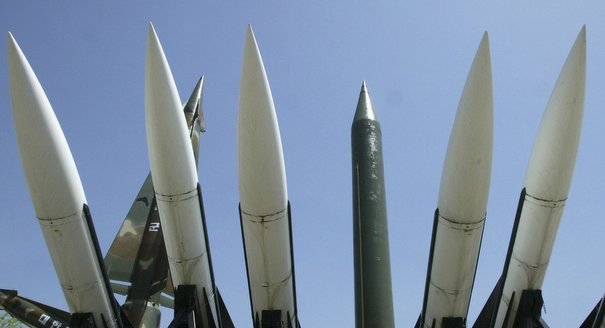Source: Nonproliferation Review
With the July 2015 Joint Comprehensive Plan of Action (otherwise known as the Iran nuclear deal) diminishing the near-term prospect of an Iranian nuclear bomb, most proliferation prognosticators would be likely to pick South Korea, Japan, or perhaps Taiwan as the next place that could opt to develop nuclear weapons. In a recent piece titled “Japan and South Korea May Soon Go Nuclear,” for example, American nuclear analyst Henry Sokolski warned that membership in the Treaty on the Non-proliferation of Nuclear Weapons “won’t necessarily stop either country from joining the nuclear club—or at least positioning themselves to do so quickly—if they feel the US ‘nuclear umbrella’ is folding.” It is precisely this concern and the attendant policy dilemmas that Mark Fitzpatrick’s timely book, Asia’s Latent Nuclear Powers, addresses.
In a previous guise, Fitzpatrick spent considerable time working on and in East Asia as a US foreign service officer. He draws on his knowledge of the region to craft a rich sociopolitical narrative that builds on previous analyses. In this one cogent and coherent volume, Fitzpatrick weaves nuanced technical data with archival material and perspectives from contemporary interviews to provide a clear assessment of the prospects that any of these actors could develop nuclear weapons. Specifically, he explains the current state of nuclear latency in South Korea, Japan, and Taiwan—they possess many of the technical ingredients for nuclear weapons, but do not evince the political intent to actually develop them—and why latency is likely to remain the status quo.
This article was originally published in Nonproliferation Review



